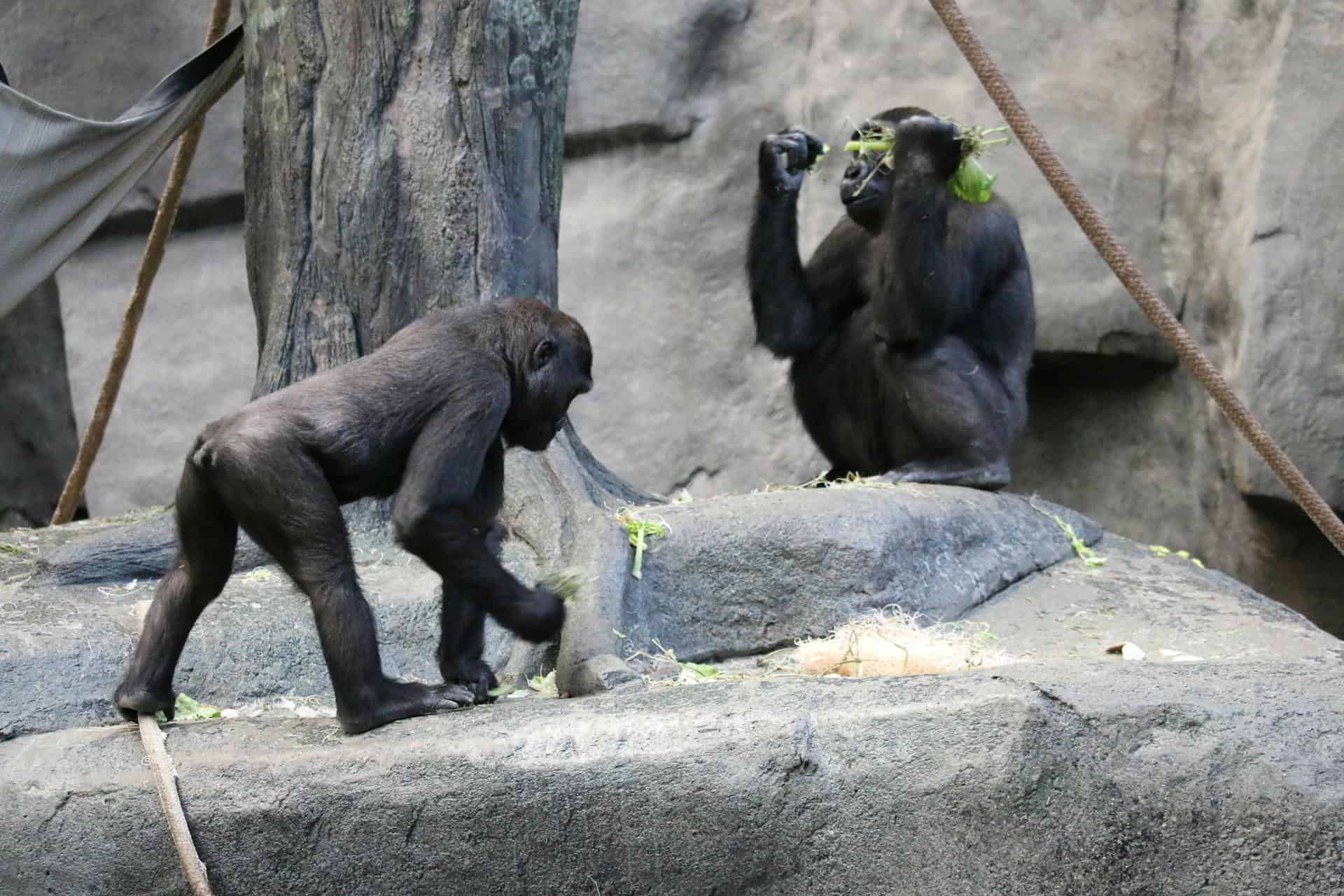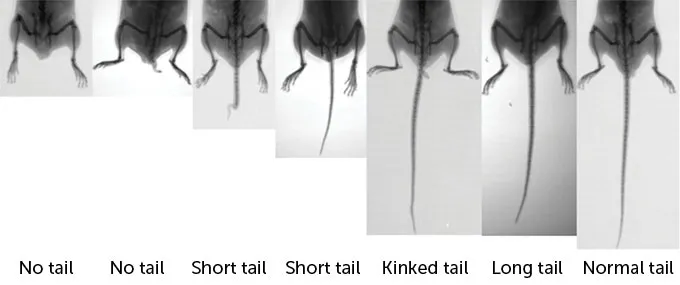
Most animals people are familiar with, from pets like cats and dogs to lions and elephants, have an emblematic tail. This appendage serves various purposes, such as self-defense in reptiles, flight in birds, or social signaling in peacocks and canines. Apes too used to have a tail but for some mysterious reason, our lineage stopped growing one sometime between 25 million and 20 million years ago.
The disappearance of tails in human ancestors has puzzled scientists for years. Theories have abounded, ranging from the shift in locomotion to the anatomical demands of upright walking. Now, a new study offers a genetic explanation for this significant evolutionary shift. Researchers found a single section of DNA similarly affected in all apes, including humans, but not in monkeys.
“Our study begins to explain how evolution removed our tails, a question that has intrigued me since I was young,” lead study author Bo Xia said.
Dude, where’s my tail?
The oldest known primate fossils are around 66 million years old — from around the same time the dinosaurs went extinct. These ancestors had full-fledged tails that likely came in handy high up in canopies. Most living primates and the vast majority of monkeys still sport a tail to this day.
On the other hand, by the time Proconsul, the most primitive ape known from fossils, appeared some 20 million years ago, it had no tail at all.
Xia, who is a geneticist at the Broad Institute of MIT and Harvard, was reminded of his tail-less existence when a coccyx injury caused him a miserable year of pain. The coccyx, often referred to as the tailbone, is the remnant of a vestigial tail. It represents the evolutionary trace of a tail that ancestors of humans lost through evolution.
All that pain and discomfort made Xia think more and more about the age-old question of how our ancestors lost their tails. The researcher started browsing genome databases for genes previously linked to tail generation or tail loss in mammals. One study, for instance, identified about a hundred genes that are involved in tail loss.
In a new study, Xia and colleagues narrowed it all down to just one gene called TBXT. This gene controls how long a tail grows in many different animals and is entirely knocked out in humans.
Jumping genes

Surprisingly, it wasn’t some mutation that knocked out this gene but rather a so-called “jumping gene” known as AluY. Jumping genes, also known as transposable elements or transposons, are segments of DNA that can move from one location to another within a genome. This mobility can affect the genome’s structure and function, potentially leading to gene disruptions or even the creation of new genes. Examples of jumping genes include the Ac/Ds elements in maize, responsible for color variegation in corn kernels, and the Alu sequences in human DNA, which can cause genetic disorders if they insert into or disrupt functional genes.
The AluY subset is one of the younger and therefore more active classes of Alu sequences, meaning it has been more recently inserted into the human genome. Until not too long ago, genetic elements like Alu were thought to be “Junk DNA” — useless bits of genetic code that don’t serve any obvious function since they appear at random places in the genome. Scientists now know better.
The scientists showed that this particular element’s leap into the TBXT gene — which is essential for the development of the embryonic notochord, a forerunner to the spinal column — appears to have played a crucial role in the loss of tails among ancient apes, including human ancestors.
One important piece of the puzzle
To prove their point, the researchers used CRISPR gene-editing tools to insert AluY into the TBXT gene in 63 mice embryos. The more ALuY they inserted, the shorter the tails of the genetically engineered mice until the tail was just a stump or disappeared entirely.
Since it’s not like an on-off switch, the jumping gene is probably just one piece of the puzzle explaining tail loss in humans. Moreover, the gene edits introduced spinal cord defects akin to spina bifida in humans, a condition in which the spinal column does not align properly with the spinal cord. The human tailbone looks identical across individuals, another hint that other mutations may be involved in its development.
Previously, in 2016, researchers at the University of Pennsylvania found our ancestors lost their tails twice over 350 million years. But don’t hold your breath. It’s unlikely humans will grow a tail again any time soon unless we move back to living in the canopies.
The findings appeared in the journal Nature.


